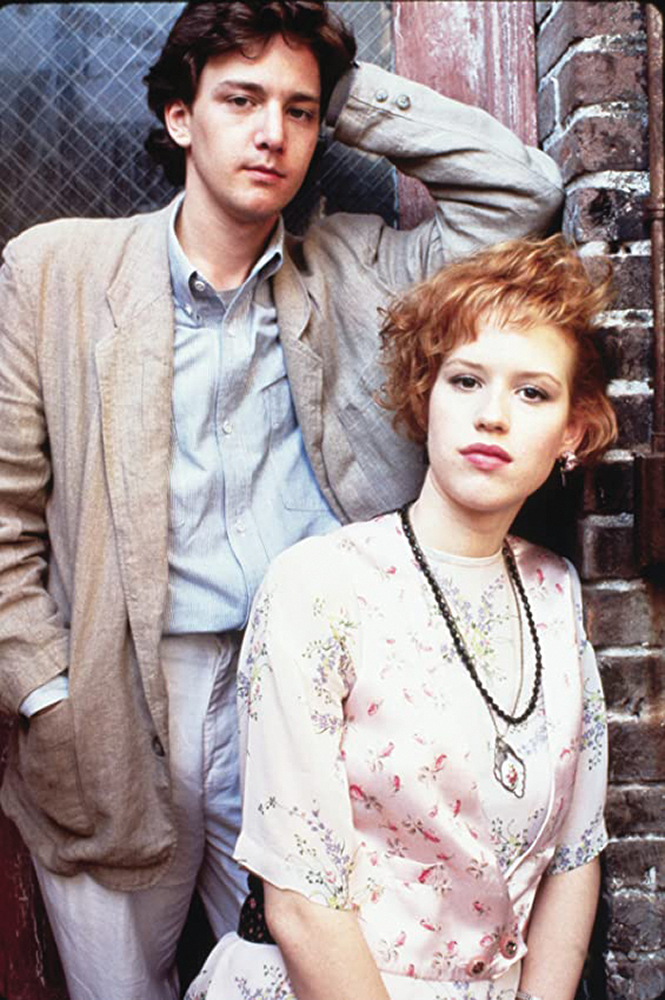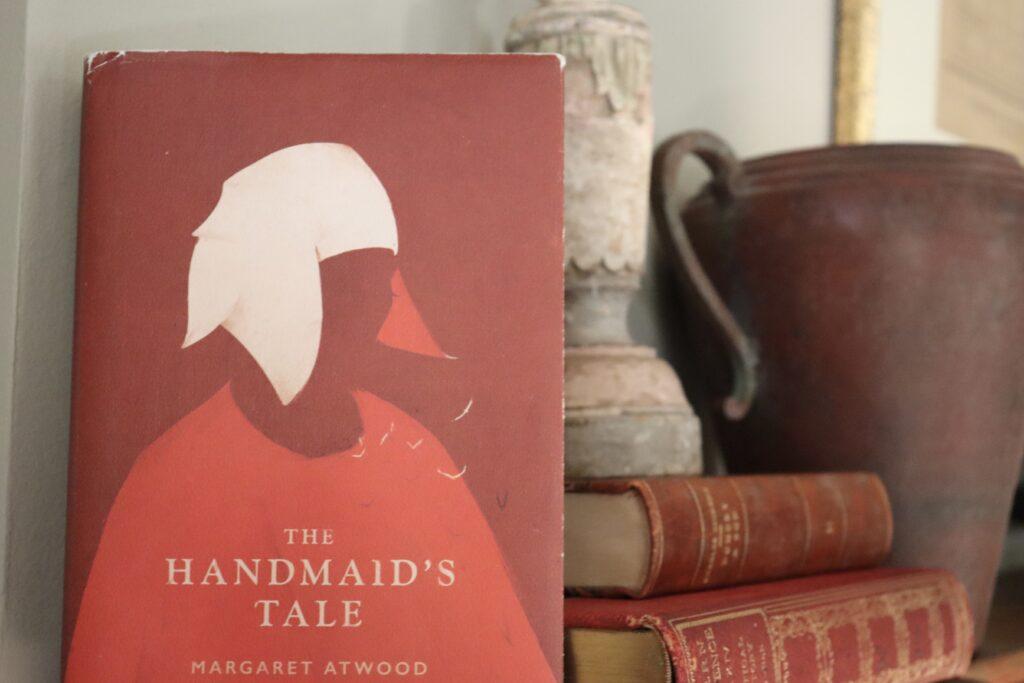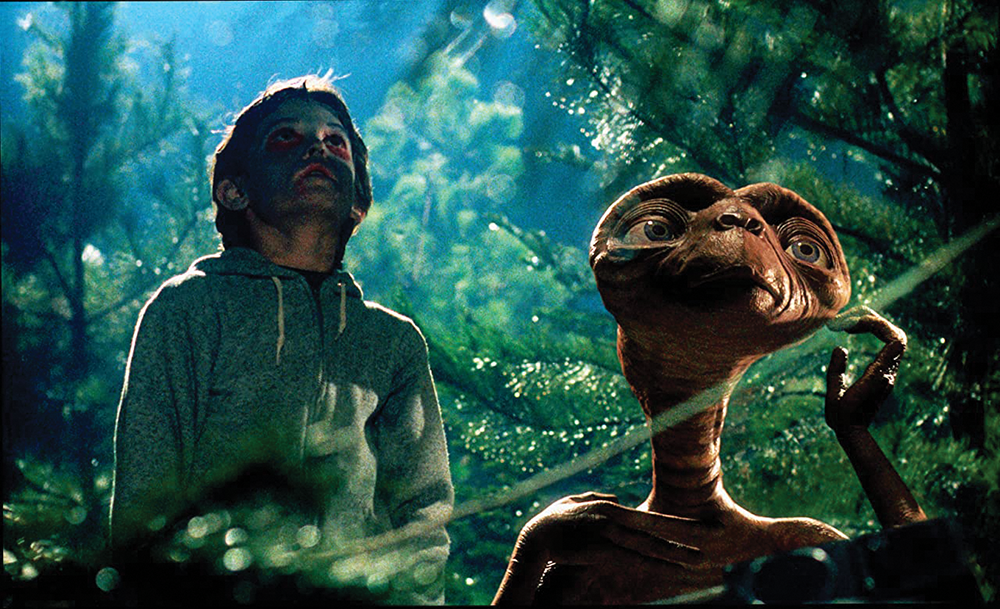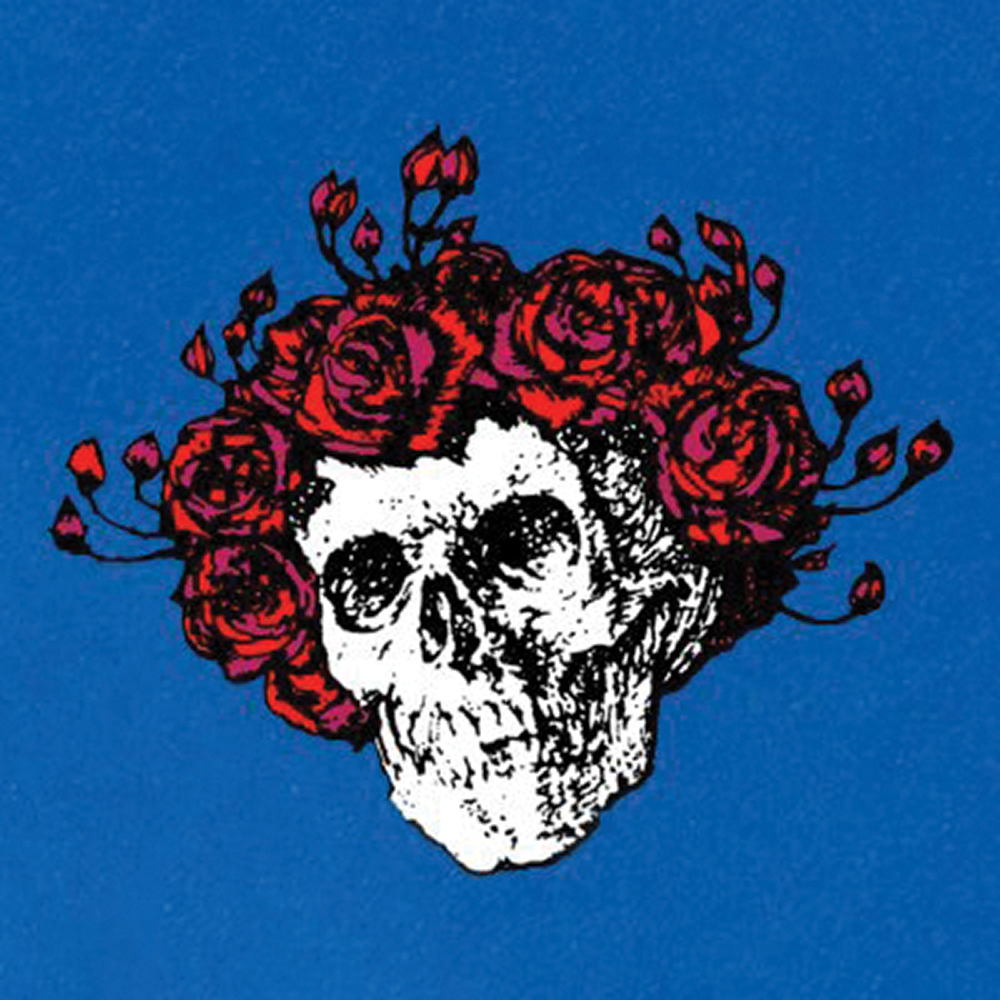★★★★★
From “The Breakfast Club” to “Ferris Bueller’s Day Off,” John Hughes ruled the ’80s with his iconic teen movies. No screenwriter before or since has been able to capture the teenage experience on film quite like he did, and perhaps none of his movies do so more successfully than his 1986 film “Pretty In Pink.”
Hughes updates the timeless trope of forbidden romance to focus on high school hierarchies, injecting his characters with wit and sensitivity. Featuring a career-best performance by Molly Ringwald, the story centers around Andie Walsh, a confident but financially disadvantaged high school senior who is ostracized by the “richies.”
When Andie falls for a popular boy at school, Ringwald authentically portrays both the giddiness and insecurities of a crush. Rather than acting melodramatic or sulky, Ringwald is at her most natural, expressing a full range of adolescent emotions with guileless charm and understated restraint.
Andie’s love interest is the amiable but weak-willed Blane McDonough, played by Andrew McCarthy. Viewers are immediately drawn in by McCarthy’s earnest charisma as Blane initially bonds with Andie before ultimately caving to pressure from his rich, arrogant friends to reject her.
But the consistent scene-stealer is Jon Cryer as Phil “Duckie” Dale. Goofy, gawky and grandiose, Duckie harbors an unrequited love for Andie, his best friend since childhood. In the movie’s most memorable scene, he energetically lip-syncs and spastically dances to Otis Redding’s “Try a Little Tenderness” in a ploy to confess his love.

When Duckie is faced with rejection, Cryer leans even further into Duckie’s antics, disguising his hurt with fake outrage. Cryer is at his most heartbreaking, however, when he lets Duckie’s jokester persona slip to reveal the true extent of his loyalty to Andie.
Other standouts include Annie Potts as the idiosyncratic Iona, who owns the record store where Andie works, and Harry Dean Stanton as Jack Walsh, Andie’s loving but depressed father. Ringwald’s most effective acting choices are not during her romantic exploits but as she counsels her wayward parental figures with stunning maturity.
Essential to the world of “Pretty in Pink” is the style; the film even opens with a montage of Andie getting dressed for school. Costumes for the film were cleverly designed by Marilyn Vance, who differentiated the characters’ social classes through distinct stylistic choices. For example, wealthy students wear muted colors in clean lines and expensive fabrics, while poorer characters dress more eccentrically.
Andie’s individuality is expertly showcased through elegant vintage pieces, layering multiple textures and floral prints in varying shades of pink and loading up on gaudy jewelry. Her ginger halo of hair is alternately curled and tucked under a colorful hat. The film’s most famous costume is Andie’s unconventional prom dress. Eschewing the big shoulders and puffy skirts of the era, Andie fashions herself a narrow, Pepto-Bismol pink ensemble with cut-out shoulders and a high neck.
No John Hughes movie would be complete without a stunning soundtrack. “Pretty in Pink” was loosely inspired by the song of the same name by the Psychedelic Furs, who re-recorded the song specifically for the film. The rest of the music is mostly new wave, post-punk songs, and the film includes both incidental music and live performances by American rock band the Rave-Ups in the club scenes.
What makes the film a cut above others of its genre is its masterful writing. While the plot is archetypal, Hughes’ insightful dialogue does double duty as cutting social commentary and nuanced character development. When combined with Ringwald’s poignant performance, the supporting actors’ chemistry, the iconic music and the crafty choices of the design team, “Pretty in Pink” is transformed from cliche drivel to a paragon of the teenage condition.
After 35 years, “Pretty and Pink” serves as a veritable time capsule of ’80s culture, embodying the zeitgeist of the era in its stylistic choices and dated technology. At the same time, the film endures as an honest depiction of teenage life, chronicling the triumphs and woes of high school with consideration rather than condescension. With fully realized, compelling characters and a perfect blend of humor and heart, “Pretty in Pink” is among the greats of teen movies.
















